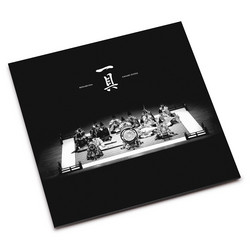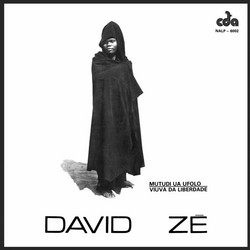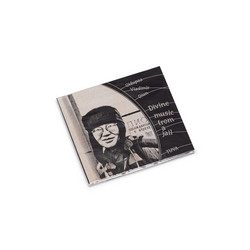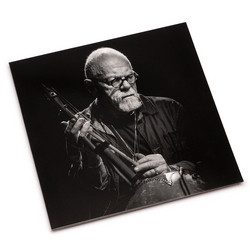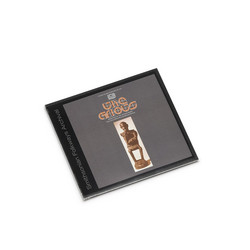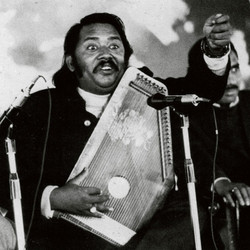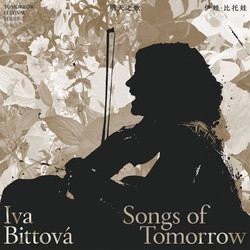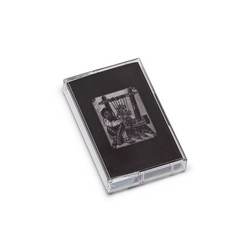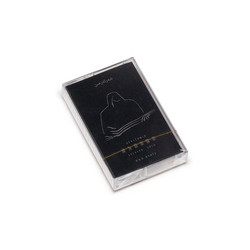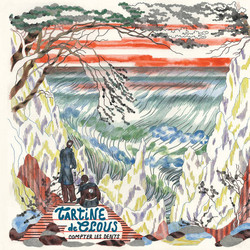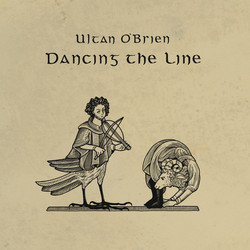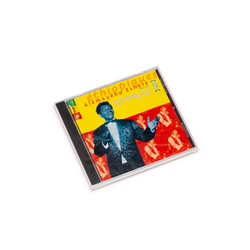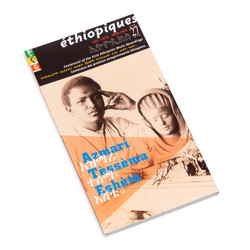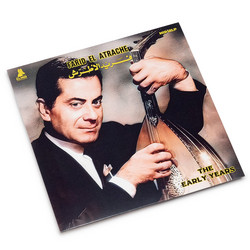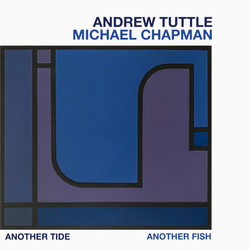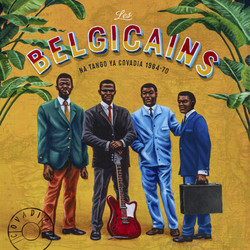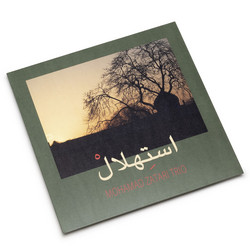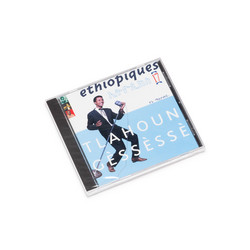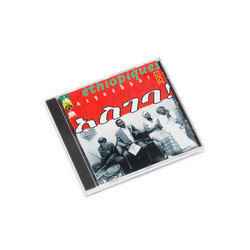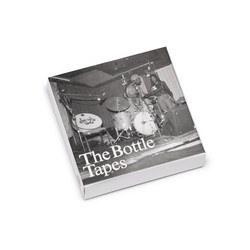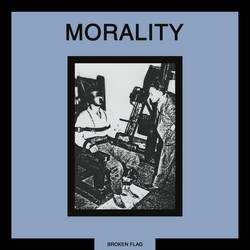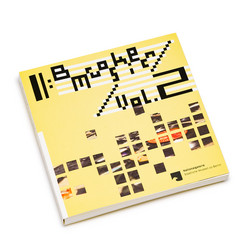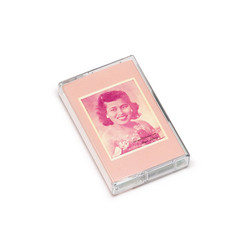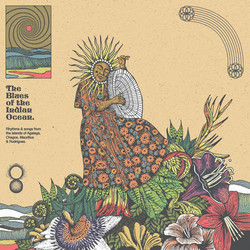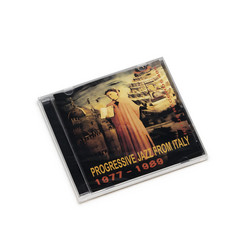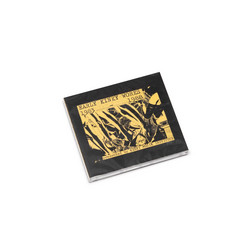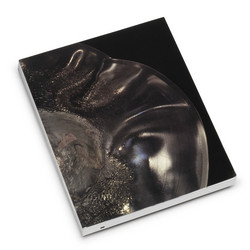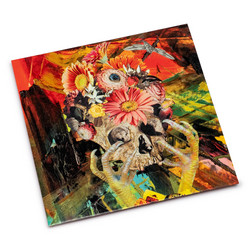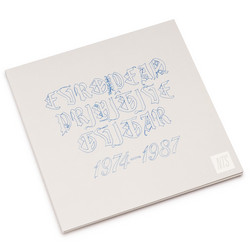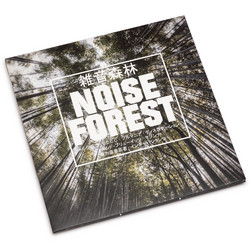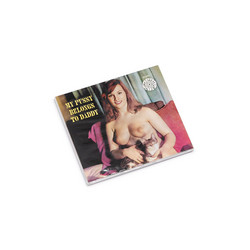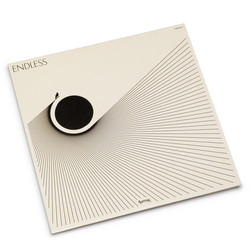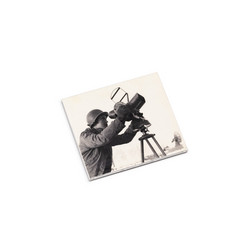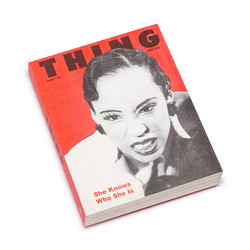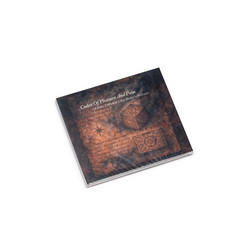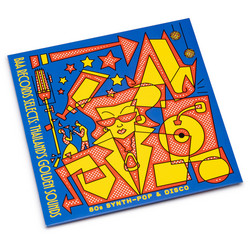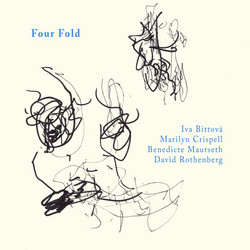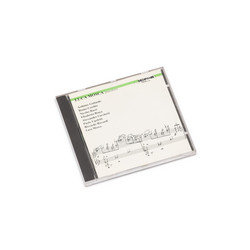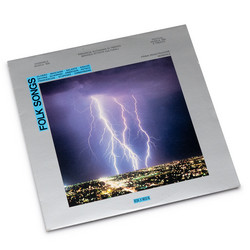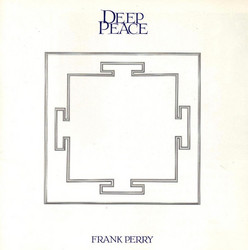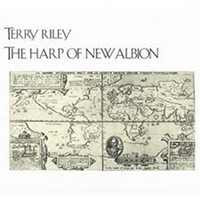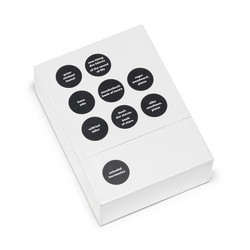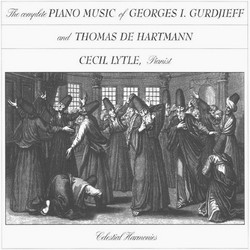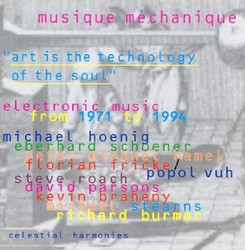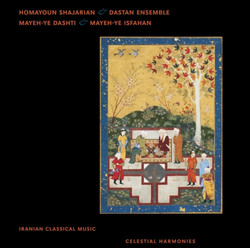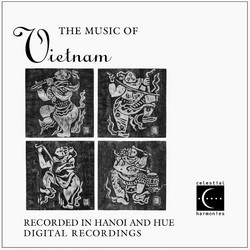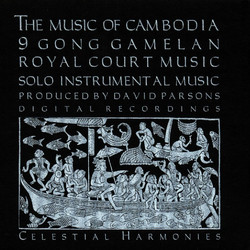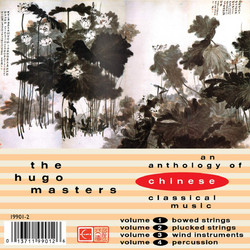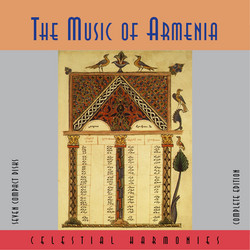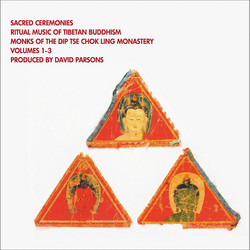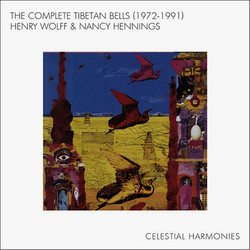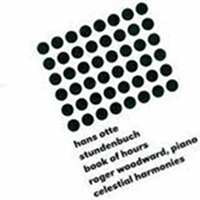Various Artists
The Ongaku Masters: An Anthology of Japanese Classical Music (5CD box set)
*2022 stock. In process of stocking* The Ongaku Masters: An Anthology of Japanese Classical Music, a five-CD edition presented in a black linen box, spans 1,000 years of Japanese classical/traditional music, from early Buddhist Shomyo chant to late 20th century Takemitsu. It touches on every relevant stage in the development of Japanese music from the distant origins on the Asian mainland to contemporary expressions. Leading scholars from universities on three continents contributed to extensive and informative booklet notes which also contain images from several leading Japanese museums. Close to 100 musicians are singing and playing on these recordings. The musical material presented in this collection has been drawn from the Celestial Harmonies catalogue and spans two decades of work.
When approaching the music of a cultural bloc, there is an understandable tendency to treat the traditions of that bloc as a unified entity: one speaks of Western music, Indian music, Chinese music, African music, and so on. Of necessity, such a monolithic viewpoint is a vast oversimplification, ignoring the differentiations, for example, between Western Baroque, Classical, Romantic, and other musical genres, or between Indian Hindustani and Karnatic musics, or in the present case, between the large variety of differing genres that are together referred to as hogaku, literally “music of the homeland (Japan)”, or Japanese traditional music.
There are a number of intersecting ways of catagorising hogaku. One is to view the various styles according to their social role. Another possibility is to distinguish genres where music is presented in a context with other art forms—theatre or dance—from genres in which instrumental and vocal performance are the sole presentation. This collection concentrates on the various streams of Japanese instrumental and vocal music leaving the theatrical forms of No, Kabuki, Bunraku and others for a later project.
